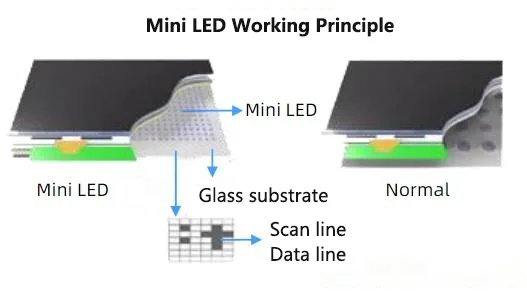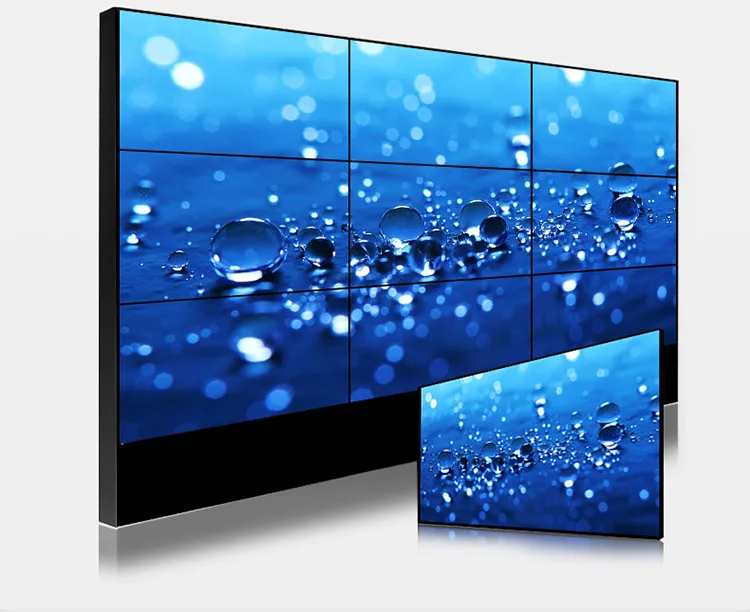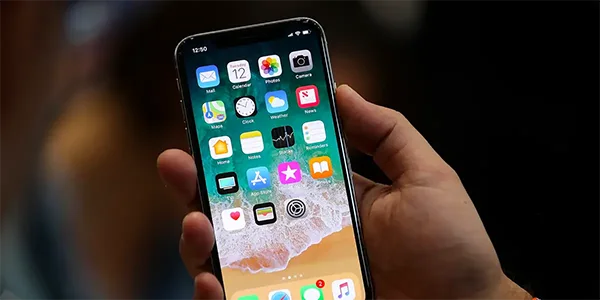What’s the Difference Between LCD and OLED?
LCD (Liquid Crystal Display)
How it works:
LCD displays use a backlight behind liquid crystals, which are adjusted to display colors via filters.
Used in: iPhone 11, Redmi Note series, and other budget-to-mid-range phones.
Pros:
- Mature and affordable technology
- No flickering with DC dimming – eye-friendly
- Long lifespan (5–8 years)
- No screen burn-in
Cons:
- Lower contrast ratio (approx. 1000:1)
- Blacks appear gray
- Bulkier in design
- Higher power consumption

OLED Phone Screen (Organic Light Emitting Diode)
How it works:
Every pixel in an OLED panel emits light individually. No backlight is needed, leading to thinner and more flexible screens.
Popular in: Samsung Galaxy S Series, iPhone 14 Pro
Pros:
- Pure black levels and ultra-high contrast
- Super fast response time (0.1ms) – ideal for gaming
- Enables under-display fingerprint sensors and foldable designs
- Better visibility in bright sunlight
Cons:
- PWM dimming may cause eye strain
- Higher production and repair costs
- Risk of screen burn-in with static images
👉 OLED is the top choice for users who want visual excellence and premium features.
AMOLED Screen Cell Phone: A Premium OLED Experience
What is AMOLED?
AMOLED (Active Matrix OLED) is a more advanced type of OLED display, widely used in flagship Android smartphones.
Example: Galaxy S23 Ultra with Dynamic AMOLED 2X
Why choose an AMOLED screen cell phone?
- More vivid colors and saturation
- More energy-efficient due to pixel control
- Perfect for foldable and curved screen phones
- Supports higher refresh rates for gaming and smooth scrolling
LTPO AMOLED Screens:
Dynamic refresh rates from 1Hz to 120Hz to save battery—used in iPhone 14 Pro.
Foldable OLED display mobiles like Huawei Mate X3 use flexible glass with 300,000 folds lifespan. However, repair costs are still high.

Key Factors When Choosing a Phone OLED Screen
When comparing LCD vs. OLED vs. AMOLED screen cell phones, consider the following:
- Resolution & PPI: 1080p is sufficient; 2K screens offer more clarity but drain battery faster.
- Color Gamut: Look for DCI-P3 and low Delta E (<2) for design or content creation.
- Brightness: OLED phone screens like iPhone 15 Pro can reach 2000 nits—great for outdoors.
- Refresh Rate: 120Hz improves fluidity by up to 50%, perfect for scrolling and gaming.

What’s Next? Mini LED and Micro LED Explained
Mini LED
Seen in high-end iPads, with 10,000+ tiny lights for better control and up to 1600-nit brightness.
Micro LED
Combines OLED’s color with LCD’s longevity. Still in early development due to high production costs.
Final Thoughts: How to Pick the Right Screen for You?
There’s no one-size-fits-all solution. Your screen choice depends on
budget, usage habits, and visual expectations.
- On a budget? → LCD
- Love binge-watching or gaming? → AMOLED screen cell phone
- Want the latest tech and best color quality? → OLED display mobile
Pro Tip: Go to a store and compare in real life. Play videos, scroll web pages, test low-light flicker—
only then can you find the perfect phone OLED screen for your eyes and lifestyle.